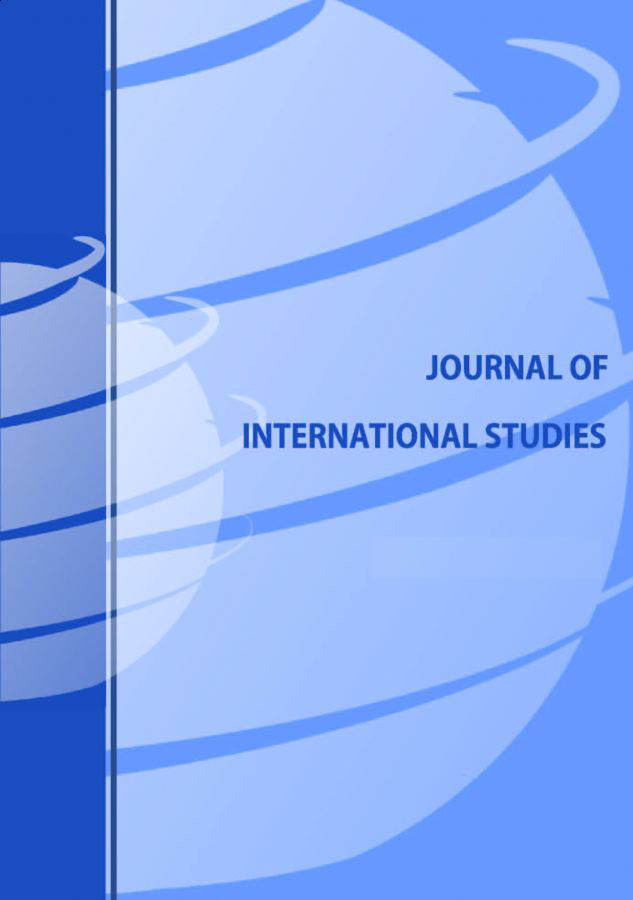Do more cards and terminals guarantee higher efficiency? The case of European Union banking
Do more cards and terminals guarantee higher efficiency? The case of European Union banking
Author(s): Kristína Kočišová, Beata Gavurova, Jakub SopkoSubject(s): Transformation Period (1990 - 2010), Present Times (2010 - today), EU-Approach / EU-Accession / EU-Development, Financial Markets
Published by: Fundacja Centrum Badań Socjologicznych
Keywords: payment cards; ATM; EFTPOS terminal; efficiency; Data Envelopment Analysis; European Union banking;
Summary/Abstract: Dynamic development of payment cards’ use has been observed during the recent years in all the European Union (EU) Member States, as evidenced by the growth of issued cards, ATM, EFTPOS terminals, and the number and value of payments made through them. The aim of this paper is to assess whether the increasing number of payment cards and terminals really result in higher efficiency. In this case, the efficiency has been measured by means of Data Envelopment Analysis (DEA) using the data of the 27 EU countries, in 2005 and in 2015, namely non-radial and non-oriented Super SBM model under the assumption of a variable return to scale. The principal reasons of changes in efficiencies between 2005 and 2015 have been analyzed by means of the Malmquist index. The results of DEA analysis confirm the assumption that if an increase in a number of devices is not supported by their direct use by clients, it will only have negative impact on the banking sector in a form of efficiency lost.
Journal: Journal of International Studies
- Issue Year: 11/2018
- Issue No: 2
- Page Range: 49-62
- Page Count: 14
- Language: English

